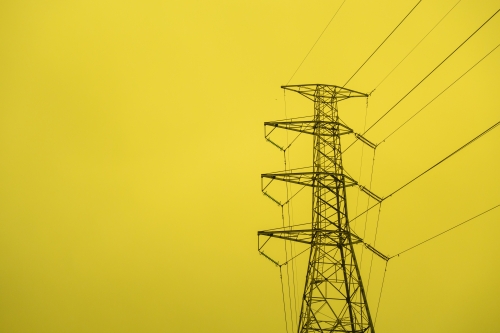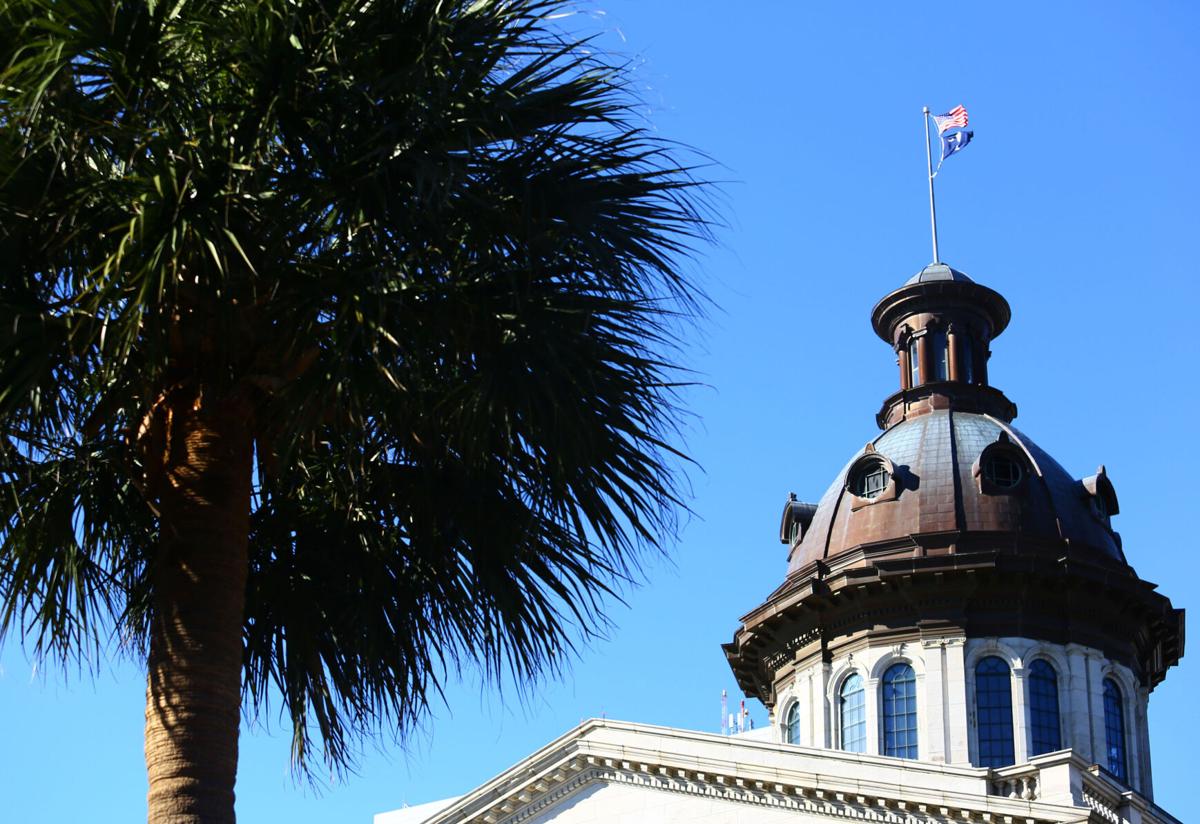Santee Cooper 2021: Will we learn from history…or repeat it?
You may have heard of the troubles of Santee Cooper, South Carolina’s state-owned utility.
But, how much do you remember since the V.C. Summer meltdown (2017)? Why should you care in 2021?
Here’s the lay of the land in just ten questions:
1. Who owns Santee Cooper? Who approves electricity rate increases?
Answer: Santee Cooper, The South Carolina Public Service Authority, is owned by the State of South Carolina and is the only state-owned electric utility in the state. The board is able to approve rate changes without the consent of the South Carolina Public Service Commission. Because the members of the Board of Directors are politically appointed and difficult to remove, the decisions of the agency tend to be based more on optics than utility expertise.
2. How do state-owned Santee Cooper’s residential utility rates compare to the other large utilities in South Carolina?**
Answer: According to the South Carolina Energy Office, Duke Energy Carolinas has the lowest residential electricity rates in South Carolina among the largest utilities. These are for its historic territory in the Upstate (10.83 kwh). The rest are: Duke Energy Progress (11.96 kwh), Dominion Energy (13.02 kwh), and Santee Cooper (11.77 kwh).
3. Who will pay the $13.79 billion principal and interest Santee Cooper owes in total corporate debt?
Answer: as a state-owned agency not a publicly-traded company, Santee Cooper has only ratepayers to turn to for paying down debt (except for a small contribution from Dominion Energy after a ratepayer lawsuit).
4. When comparing generation across those same energy companies mentioned earlier, what is the percentage of Santee Cooper power generation that comes from coal?
Answer: Generation from coal is 50%. The figures for the rest are: 24% for Dominion, 22% for Duke Carolinas, 16% for Duke Progress and only 2% for a potential buyer of Santee Cooper, NextEra Energy.
5. How many years will Santee Cooper customers and their children be paying for the V.C. Summer project and other corporate debt?
Answer: Santee Cooper’s total principal and interest owed is $13.79 billion. Amortization is through the year 2056, 36 years from now.
6. Lawyers for ratepayers pegged V.C. Summer costs at $4.7 billion. How much did ratepayers receive when the Jessica Cook et al. case was settled?
Answer: The 1.6 million plaintiffs got $520 million, but paid nine law firms $78 million. Net: $442 million. Part of that will come from Dominion Energy. The rest will come from Santee Cooper itself who will get it from… ratepayers.
7. According to economists at Clemson Economics Associates (CEA), for the period 2020-2029, Santee Cooper is expected to lose money. How much money is the agency expected to lose?
Answer: When losses are calculated using Santee Cooper’s own assumptions for 2020-2029, the total Santee Cooper operating income less debt service for that period will be -$525 million.
8. According to CEA economists, for the period 2017-2020, when compared to the other large utilities in South Carolina, Santee Cooper has been underfunding capital expenditures (CapEx) by an average of how much each year?
Answer: Dominion, Duke and NextEra spend on average 43% more on Capital Expenditures (“CapEx”) per year than Santee Cooper. Using the CapEx level for those peers, for the period 2017-2020, PPI has calculated that Santee Cooper has been underfunding CapEx by approximately $150 million per year. Scrimping on infrastructure—from power poles to generation upgrades—can be more costly in the long run and potentially dangerous.
9. Until interrupted by COVID concerns, the South Carolina legislature was working to determine the future of Santee Cooper. What were the options on the table?
Answer: The options were: 1) sell to a private company that would agree to pay off the debt and pay cash to the state for the asset, 2) hire another utility company that would not invest but would serve as a manager in search of efficiencies, and 3) allow Santee Cooper to “reform” itself through refinancing of existing debt and a temporary rate freeze.
10. Based on the facts presented in this Q&A, what is the best option for Santee Cooper?
Answer: The General Assembly has a willing buyer. Should a majority of legislators feel that the offer from that buyer is insufficient, the state should return to the bargaining table and cut the best deal for ratepayers and taxpayers. “Self-help” or renting managers does not eliminate the debt, and with that level of debt, the agency is at the mercy of an often volatile credit market. That is not comforting for ratepayers or taxpayers.
**Correction: One of the earlier versions of this article referred incorrectly to the rates for Santee Electric Co-op, Inc. rather than Santee Cooper, making Santee Cooper’s rates “the highest in the state.” This typographical error has been corrected. The primary source may be found here.







